Non-Verbal Communication Skills Course in Singapore
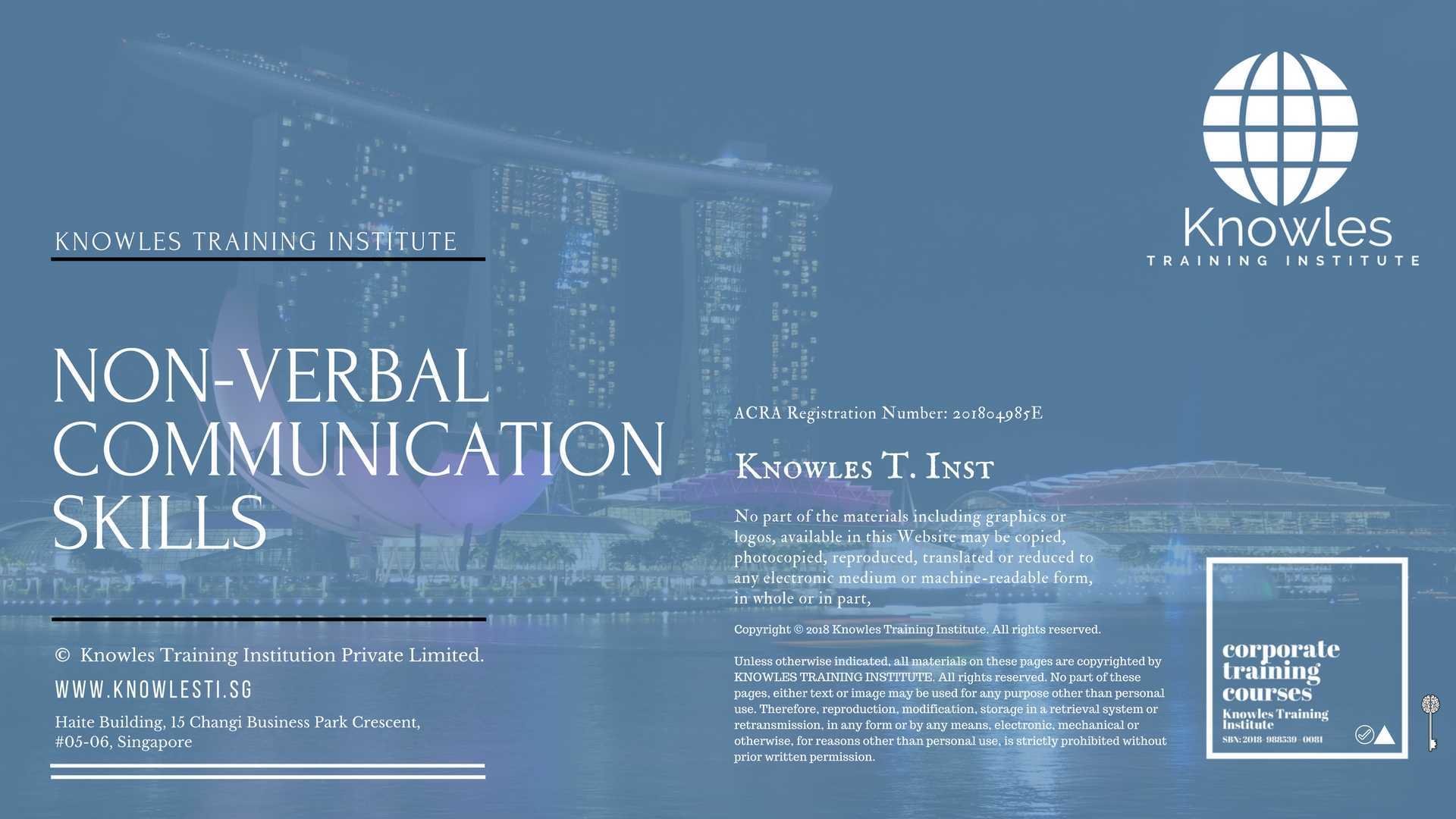
About This Non-Verbal Communication Skills Training Course
Non-Verbal Communication Skills Course in Singapore
Your body language could say more than you let on before you utter a single word. Non-verbal communication consists of subtle actions like postures, gestures, and facial expressions. Some actions could be a result of habit and thus, identifying which ones could be misinterpreted is vital in improving one’s non-verbal communication skills.
Who Should Attend This Non-Verbal Communication Skills Workshop
This Non-Verbal Communication Skills workshop is ideal for anyone who would like to gain a strong grasp and improve their Non-Verbal Communication Skills.
All Staff Within An Organisation
Managers
Team Leaders
Executives
Assistants
Officers
Secretaries
Group Size For This Non-Verbal Communication Skills Training Program
The ideal group size for this Non-Verbal Communication Skills course is:
Minimum: 5 Participants
Maximum: 15 Participants
Course Duration For This Non-Verbal Communication Skills Course
The duration of this Non-Verbal Communication Skills workshop is 2 full days. Knowles Training Institute will also be able to contextualised this workshop according to different durations; 3 full days, 1 day, half day, 90 minutes and 60 minutes.
2 Full Days
9 a.m to 5 p.m
Non-Verbal Communication Skills Course Benefits
Below is the list of course benefits of our Non-Verbal Communication Skills course
- Learn to communicate non-verbally
- Learn how to recognise non-verbal communication
- Understand why people choose non-verbal over verbal communication
- Learn what causes non-verbal communication
- Learn the different types of non-verbal communication
Non-Verbal Communication Skills Course Objectives
Below is the list of course objectives of our Non-Verbal Communication Skills course
- Establish effective strategies to recognise when non-verbal communication has taken place
- Conduct assessments to see whether you are acknowledging the non-verbal communication effectively
- Understand why people do certain things physically rather than saying them to you
- Recognise the things you could have done to ensure the person communicated verbally rather than non-verbally
- Develop an understanding of whether you often use non-verbal communication
- Have contingency plans for when you recognise negative non-verbal communication taking place
Course Content For This Non-Verbal Communication Skills Training Course
Below is the list of course content of our Non-Verbal Communication Skills training course
- What is non-verbal communication?
- When is non-verbal communication used?
- Why is non-verbal communication used over verbal communication?
- What can you do to encourage verbal communication?
- The different types of non-verbal communication
- Comparing the advantages of using non-verbal communication with its outcome
- How to show someone you understand their non-verbal communication
Non-Verbal Communication Skills Value Added Materials
Each participant will receive the following materials for the Non-Verbal Communication Skills course
Non-Verbal Communication Skills Learner’s Guide
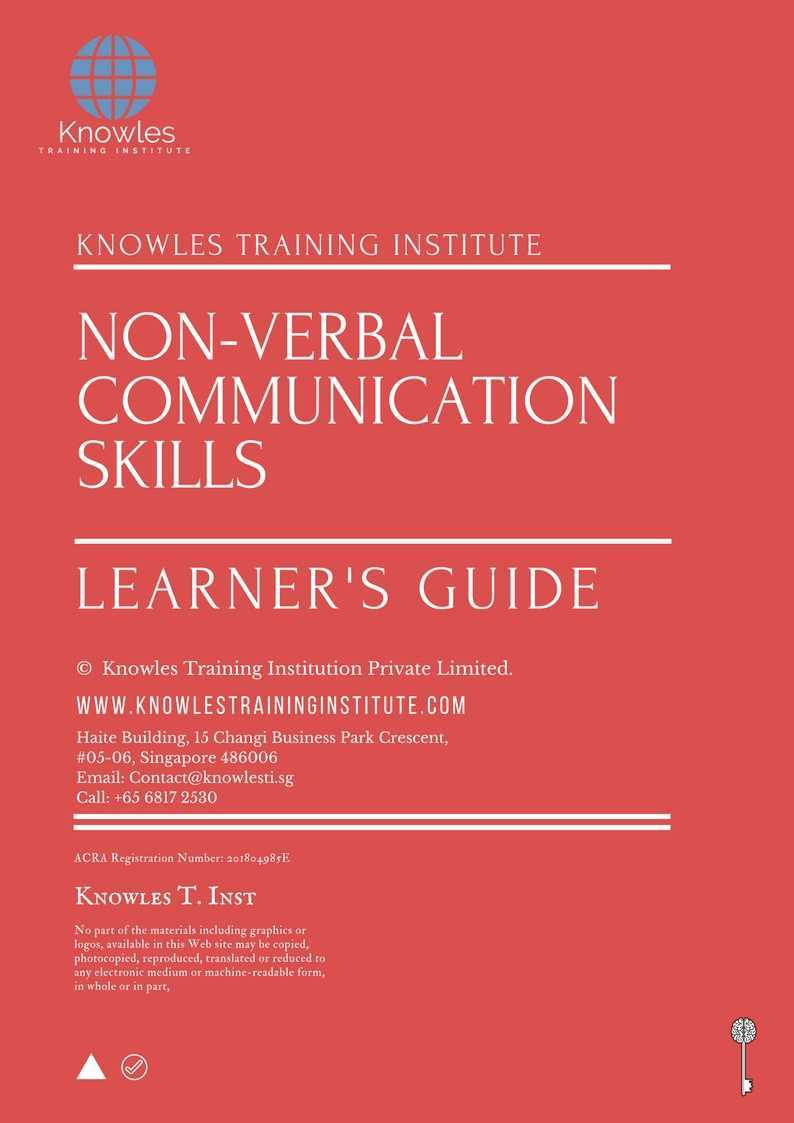
Non-Verbal Communication Skills Key Takeaways Notes
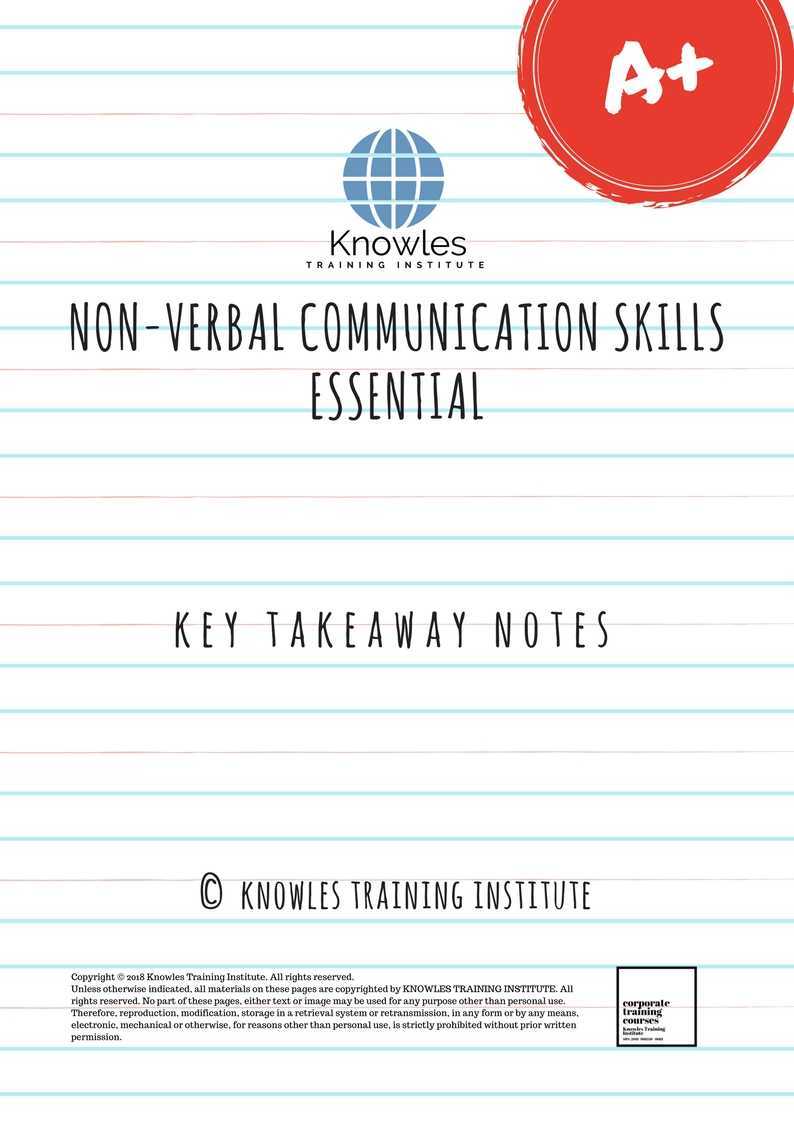
Non-Verbal Communication Skills Essentials Ebook

Non-Verbal Communication Skills Course Handouts

Non-Verbal Communication Skills 30-Day Action Plan
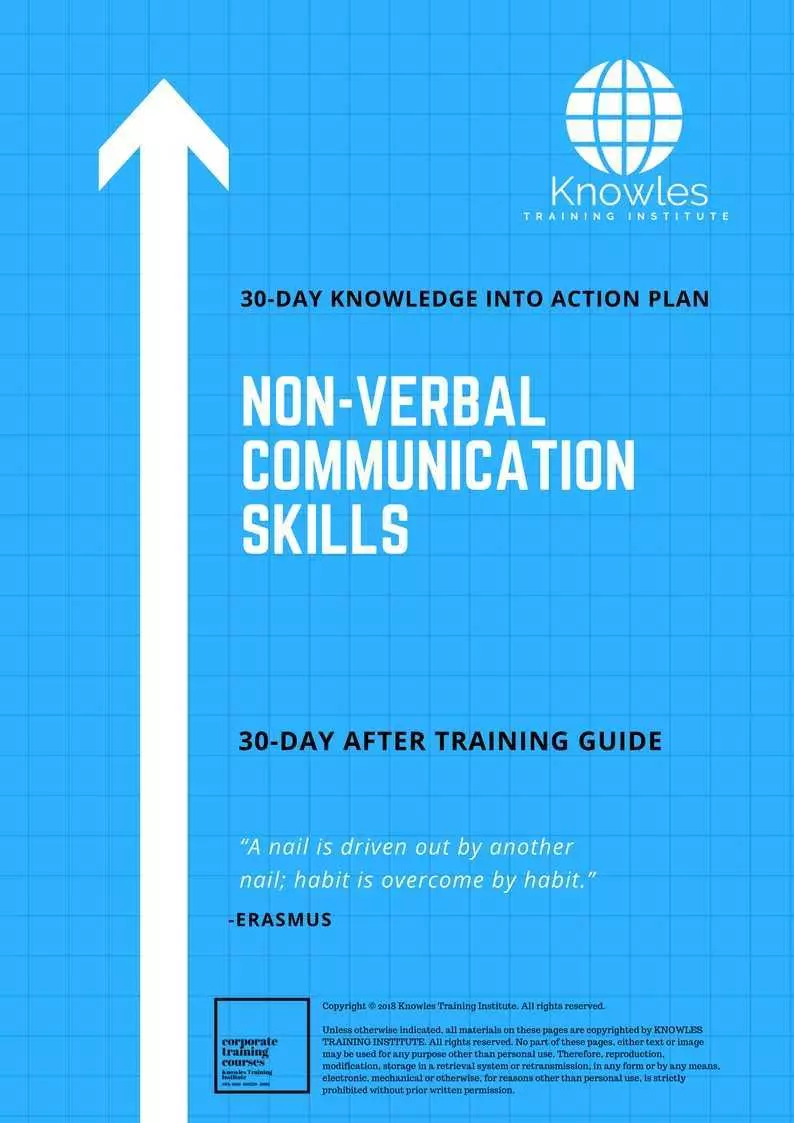
Non-Verbal Communication Skills MindMaps Pack
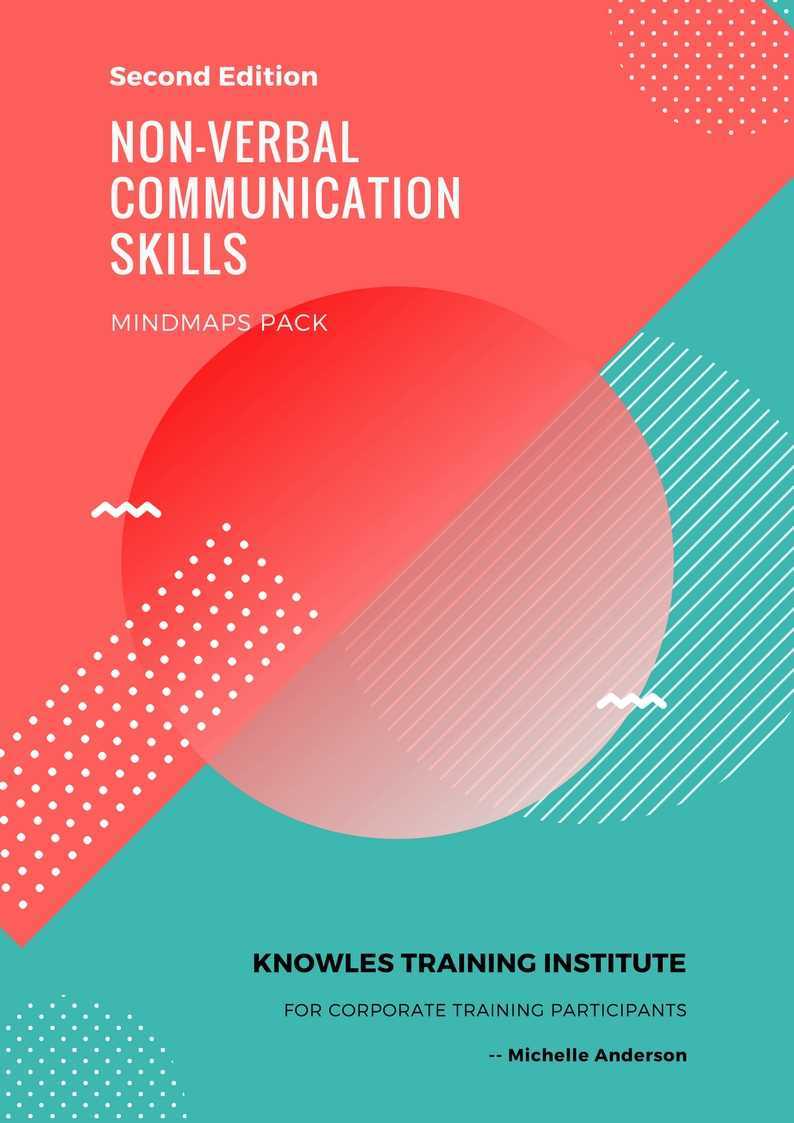
Non-Verbal Communication Skills PPT Slides Used During Course

Non-Verbal Communication Skills Long-Term Memory Flashcards Pack
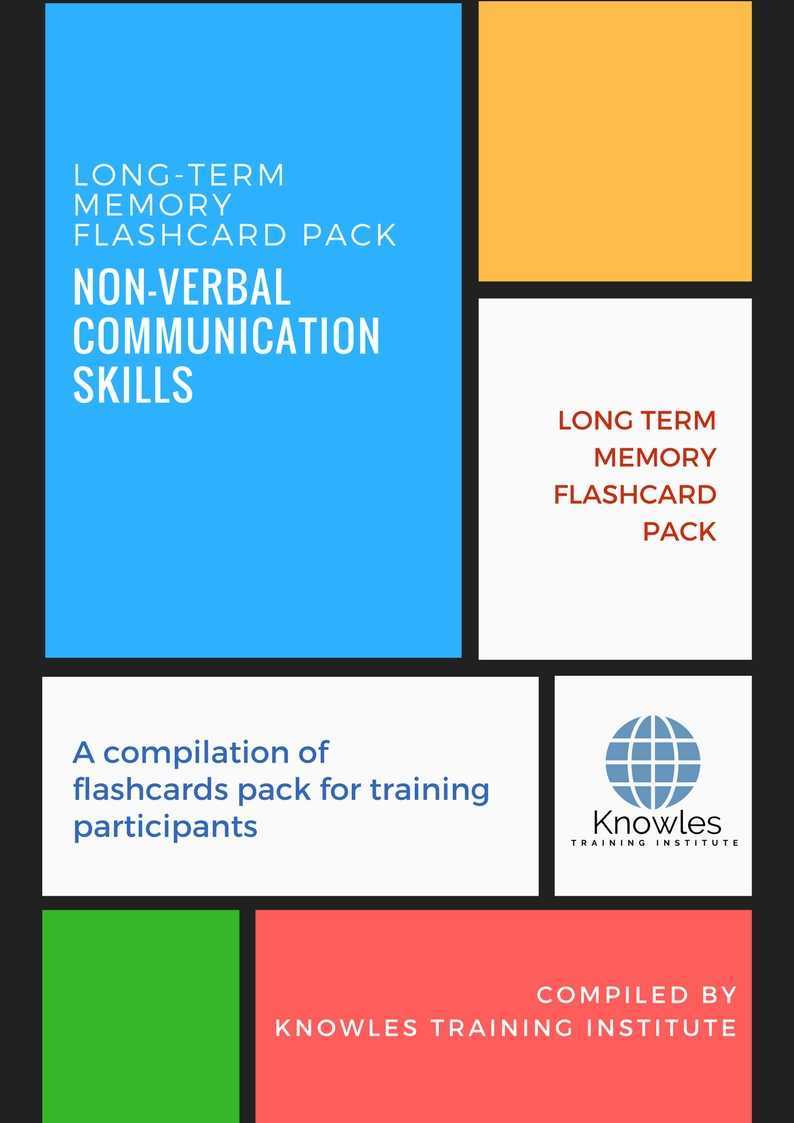
Non-Verbal Communication Skills E-Learning Course
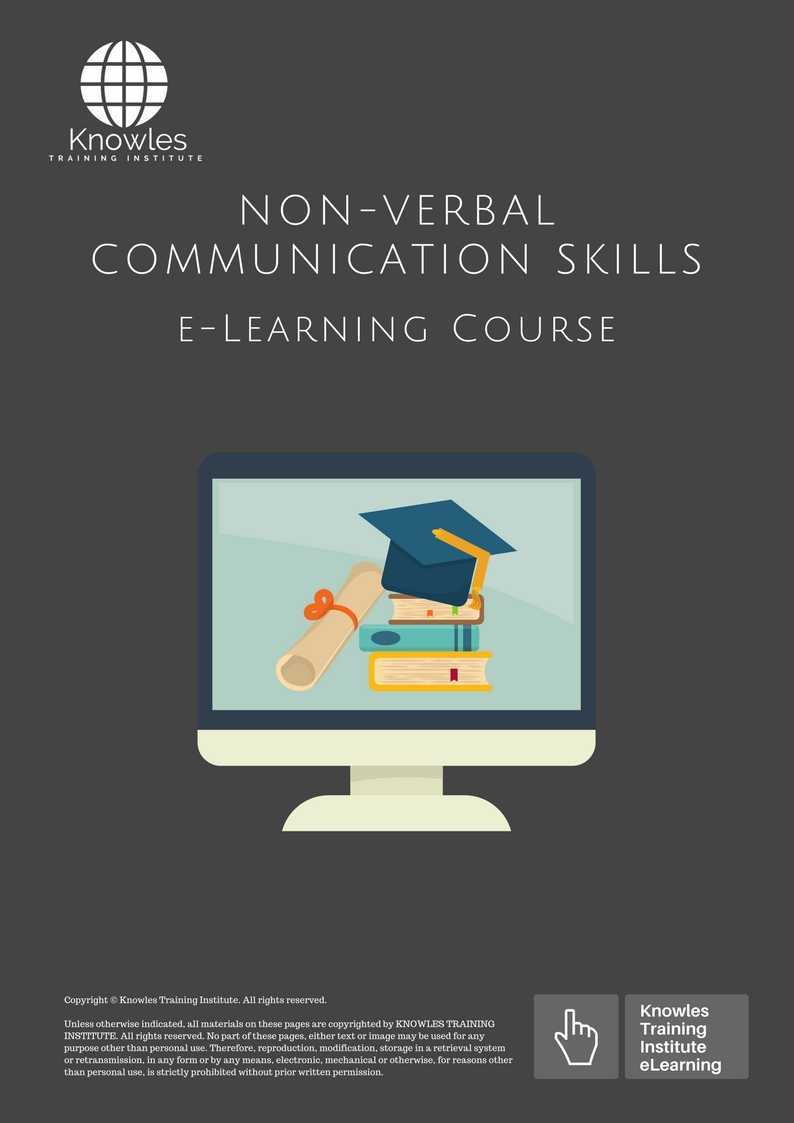
Non-Verbal Communication Skills Online Video Course
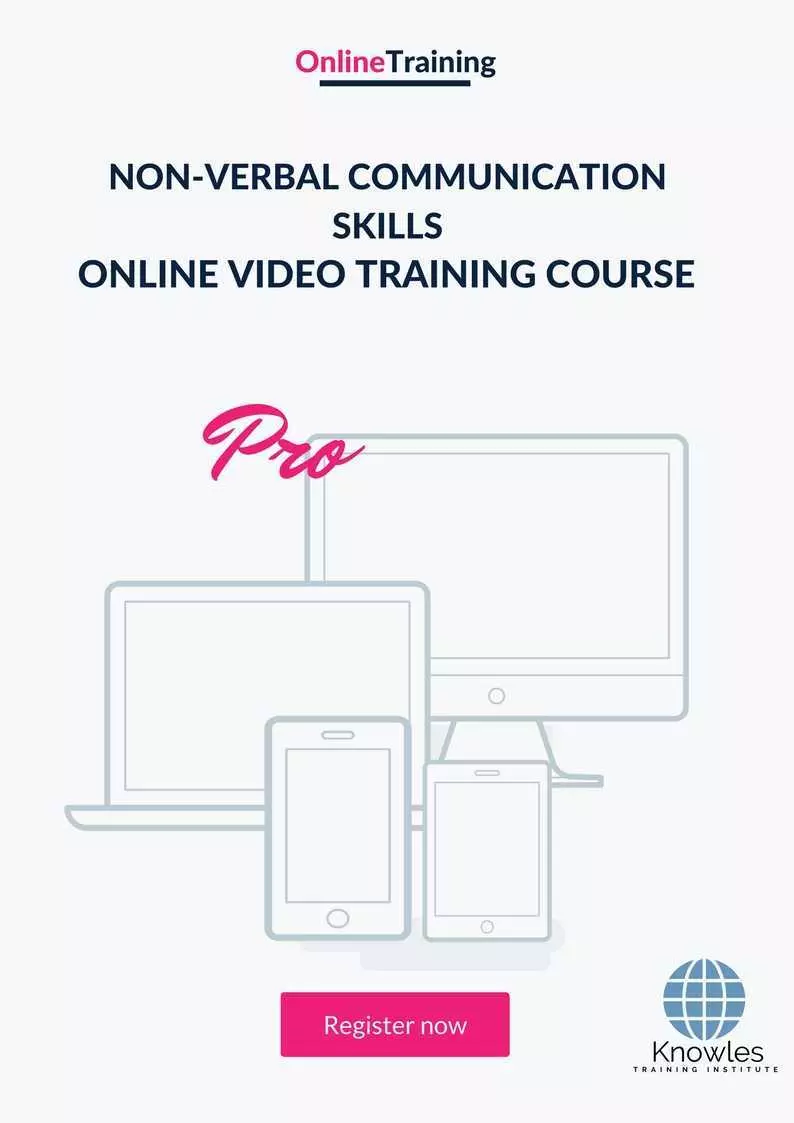
Non-Verbal Communication Skills Essentials Audiobook
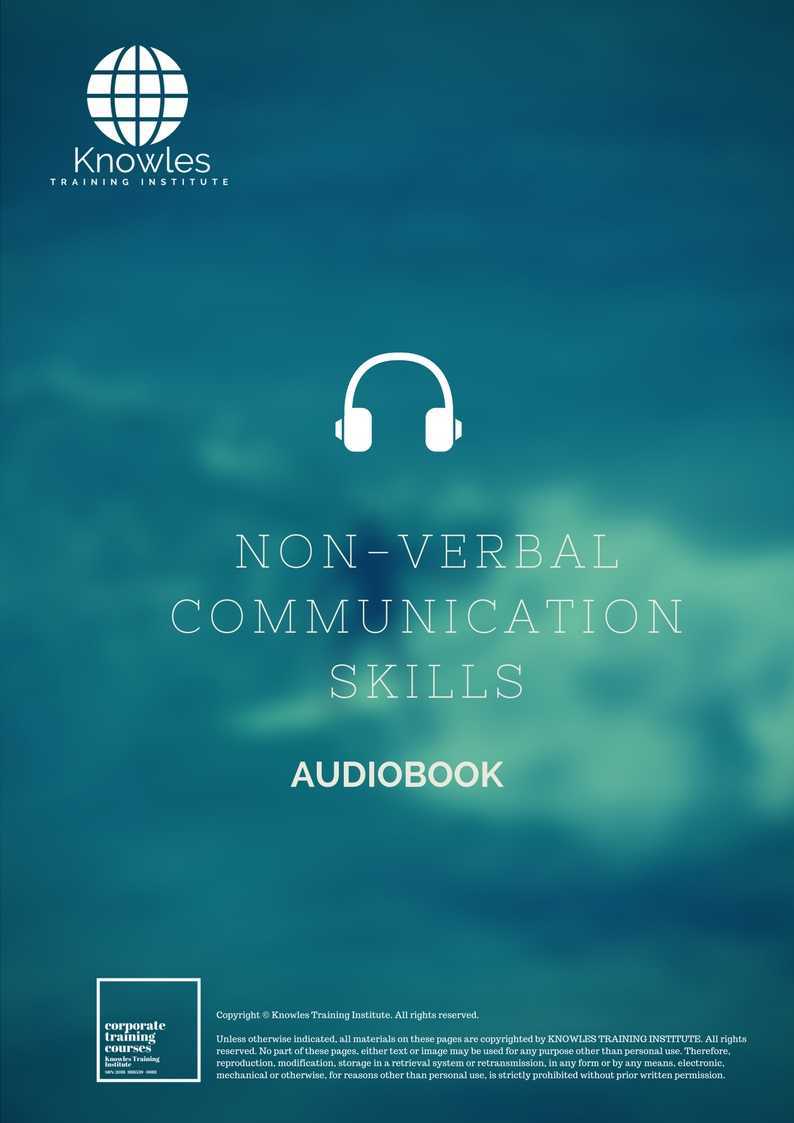
Non-Verbal Communication Skills Infographics Pack

Non-Verbal Communication Skills Certification
Each course participant will receive a certification of training completion
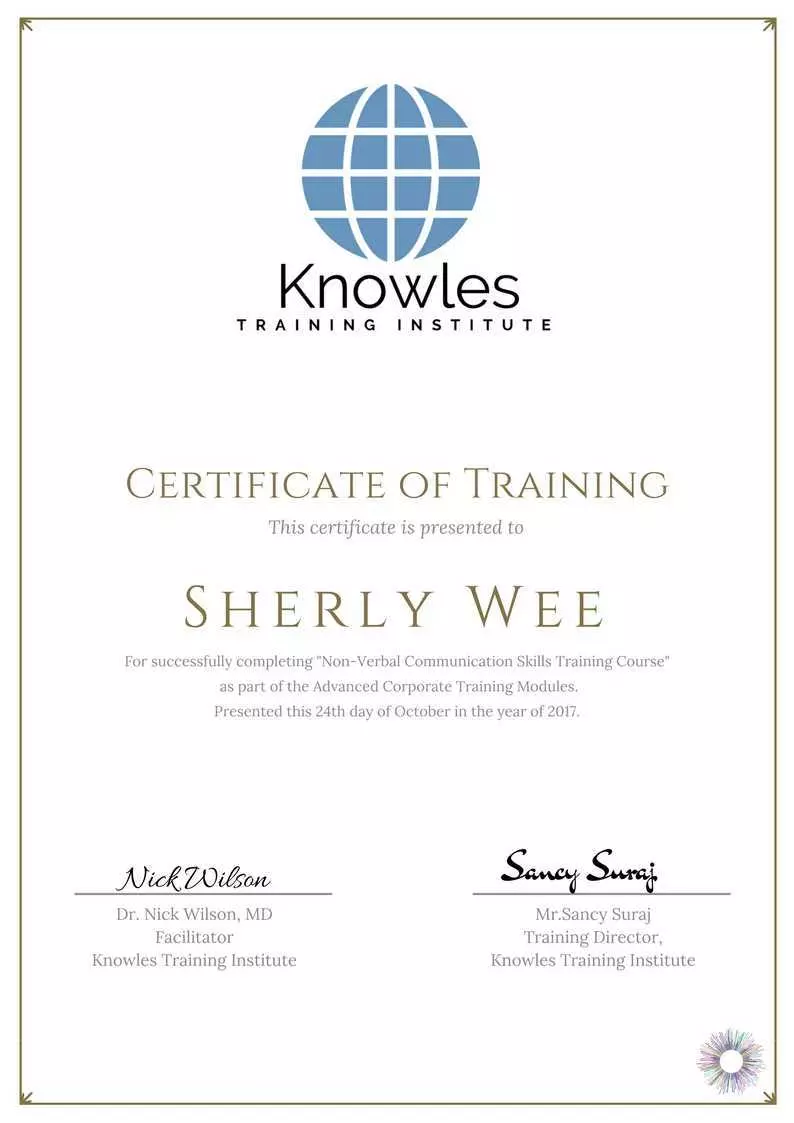
Course Fees
There are 3 pricing options available for this Non-Verbal Communication Skills training course. Course participants not in Singapore may choose to sign up for our online Non-Verbal Communication Skills training course.
SGD 1,334.96 For a 60-minute Lunch Talk Session.
SGD 584.96 For Half Day Course Per Participant.
SGD 884.96 For 1 Day Course Per Participant.
SGD 1,184.96 For 2 Day Course Per Participant.
Discounts available for more than 2 participants.
Course Discounts, Fundings & Subsidies
We have the following discounts, fundings & subsidies for this Non-Verbal Communication Skills training course

Upcoming Non-Verbal Communication Skills Training Course Schedule
Contact us for the latest Non-Verbal Communication Skills course schedules:
Phone: +65 6714 6663
Email: contact@knowlesti.com
Message:
Download Non-Verbal Communication Skills Course Brochure

Request for this Non-Verbal Communication Skills course brochure. Fill up the short information below and we will send it to you right away!
Post-Training Support: A vast majority of training does not have any effect beyond 120 days. But to work, training has to have a strong pre- and post-training component. Post-training reinforcement consequently helps individuals to recall the understanding and ask questions.
Blended Learning: Learning does not occur in the classroom. Virtually everybody prefers distinct ways of learning. Successful learning should have a multi-channel, multi-modal strategy.
We Understand The Industry: Similarly, we’ve got a profound comprehension of the business, business design, challenges, strategy and the that our participants are in and have designed the courseware to cater to their professional needs.
Course Content: Knowles Training Institute’s material is relevant, of high quality and provide specific learning outputs. As a result, Participants will leave the training course feeling as they have gained a strong understanding and will also be in a position to execute what they have learned sensibly.
Course Development — The workshop modules follow a systematic and logical arrangement. Therefore, this structure helps to ensure that the course material allows the facilitators to deliver the course in a logical arrangement. Consider the subjects as building bricks into learning, our facilitators slowly build towards a comprehensive picture of this entire topic.


Course Enquiries

Fill up the form and we will get back to you in less than 1 working day.
Alternatively, give us a call to have one of our training consultants contact you. Our corporate training courses can be contextualized to meet your organization’s training needs. Leverage on our large pool of professional trainers and consultants for your organization’s training needs.
Office Address: 60 Paya Lebar Rd, #07-54 Paya Lebar Square, Singapore 409051
Office Phone: +65 6714 6663
Email: contact@knowlesti.sg
We Guarantee 100% Privacy. We Respect Your Privacy. Your Information Will Never Be Shared.
Questions
Nonverbal communication is the delivery of information or signals through a nonverbal means such as eye contact, gestures, posture, and facial expressions. Some experts state that many people trust elements of nonverbal communication over verbal communication.
Nonverbal communication is the element of gestures, facial expressions, tone of voice, eye contact (or lack thereof), body language, posture, and other ways people can “say” something without using language. For example, a downward gaze or avoiding eye contact can be interpreted by others to be a lack of confidence.
Types of Nonverbal Communication include:
- Facial characters
- Gestures
- Posture and body orientation.
- Eye contact.
- Body Language.
- Space and Distance.
- Closeness.
- Para-linguistic.
A primary role of nonverbal communication is to communicate meaning by strengthening, substituting for, or differing verbal communication. Another function of non-verbal communication is to lead others and regulate conversations to one’s advantage.
The various kinds of nonverbal communication are that we can use are:
- Facial expressions. Being the tools of actors, the facial expression is capable of conveying countless emotions without saying a single word.
- Body mobility and posture.
- Body language gestures.
- Eye contact.
- Space.
- Voice.
- Touch.
- Pay attention to inconsistencies.
Non-verbal communication can be effective. There are also other ways the same nonverbal “language” can be a handy communication tool and work in your favour. You can be suddenly placed in an obscure part of the world which does not speak your native language, and you will still be able to communicate your raw thoughts and feelings through facial expressions and hand gestures.
What is the definition of nonverbal communication? The art of communication methods that do not involve words. It is any situation in which a provocation other than words creates meaning in the communicator’s perception.
The many various types of nonverbal communication involve facial expressions. The human face is remarkably expressive, able to carry a myriad of emotions without saying a single verbal word.
Identify the areas where you lack to improve your nonverbal communication.
- Maintain Eye Contact. Practice eye contact when speaking to others, and not to shy away (but also do not be creepy).
- Using Facial Expressions creatively to show your emotions.
- Be Considerate of Personal Space of the person you are speaking to.
- Mind Your Posture.
- Be Aware of Voice Tones and Sounds.
Non-verbal communication is in peculiar aspects more compelling than verbal communication because we unconsciously express ourselves through body gestures every single day, even if we do not know it. That is why many people say to spot a liar, observe their body language instead of listening to their words.
Facial appearances, movements, posture, eye contact and tone of voice, are several ways in which nonverbal communication is engaged. Either way, nonverbal communication can change the messages sent across, personal relationships, cultural interactions, and assist in negotiating through conversations.
Nonverbal communication is sending and welcoming wordless messages. There are other means to communicate besides the spoken word. Rather many nonverbal communication is unconscious: it occurs without deliberating about it. Nonverbal communication employs posture, facial expression and eye contact or gestures, touch and body language.
Verbal communication uses the auditory language to transfer information across other people. On the other hand, Non-verbal communication is “speaking” to people through non-verbal or visual cues. This communication includes gestures, facial expressions, body movement, timing, touch, and anything else that communicates without making an audible word.
There are 6 Ways to Improve Non-verbal Communication Skills:
- Be very attentive to what the person says.
- Keep eye contact.
- Have an open body position.
- Even if the person stands while speaking, sit down to show confidence.
- Do not fidget.
- Sit adjacent and angled in the direction of the person rather than opposite the person.
See below the Verbal & Non-Verbal Communication tools used in the Classroom:
- Behaviour Charts – they are a convenient tool to encourage correct classroom behaviour because students can see how they are doing behaviour-wise
- Body Language – Body language is essential for the student’s perception
- Time Out
- Smile
- Greetings
- Eye Contact
- Clapping
Types of negative body language include:
- Avoidance of eye contact
- Glaring
- Constant checking of watch
- Bad posture
- Frowning
- Arms crossed
- Overuse of hands
Verbal communication uses tone, stress, tone inflexion, and word choice to accentuate points and display emotions. They include personal space, gestures, body language, eye contact, and facial appearances.


